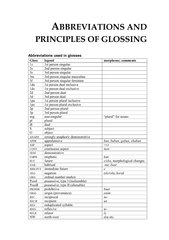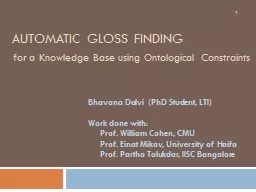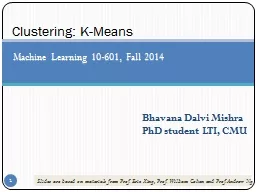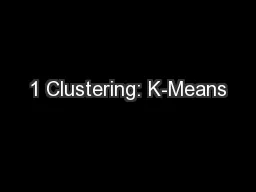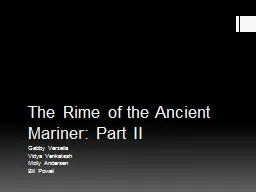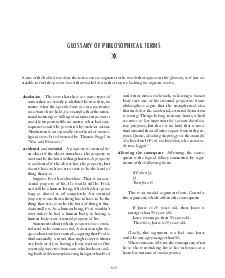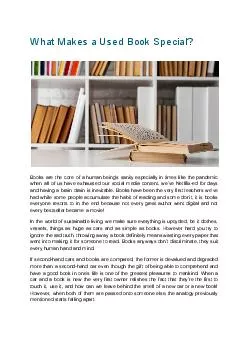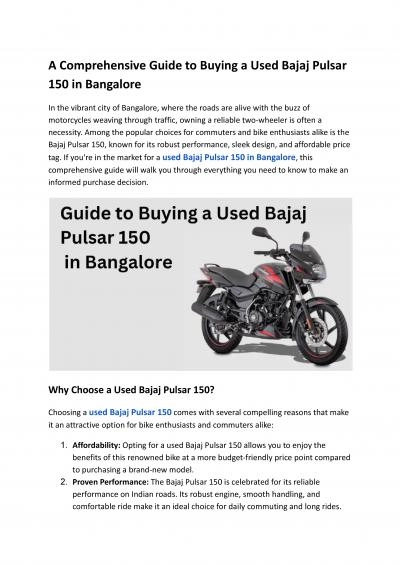PDF-PRINCIPLES OF GLOSSINGAbbreviations used in glosses Gloss legend morp
Author : liane-varnes | Published Date : 2015-07-29
1s 1st person singular 2s 2nd person singular 3s 3rd person singular 3m 3rd person singular masculine 3f 3rd person singular feminine 1dn 1st person dual inclusive
Presentation Embed Code
Download Presentation
Download Presentation The PPT/PDF document "PRINCIPLES OF GLOSSINGAbbreviations used..." is the property of its rightful owner. Permission is granted to download and print the materials on this website for personal, non-commercial use only, and to display it on your personal computer provided you do not modify the materials and that you retain all copyright notices contained in the materials. By downloading content from our website, you accept the terms of this agreement.
PRINCIPLES OF GLOSSINGAbbreviations used in glosses Gloss legend morp: Transcript
Download Rules Of Document
"PRINCIPLES OF GLOSSINGAbbreviations used in glosses Gloss legend morp"The content belongs to its owner. You may download and print it for personal use, without modification, and keep all copyright notices. By downloading, you agree to these terms.
Related Documents

